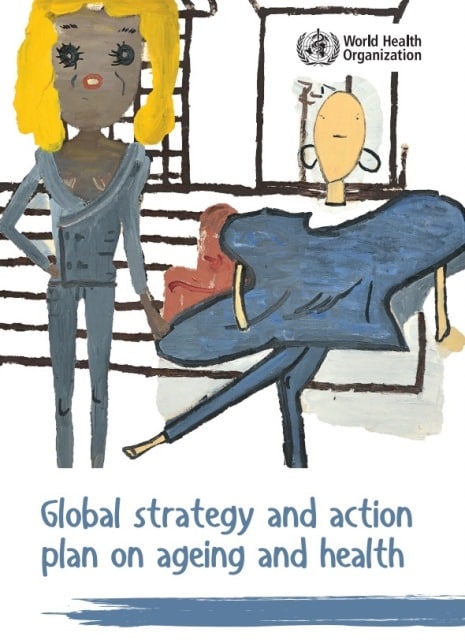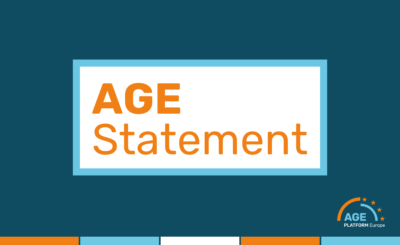
The 10 indicators are as follows:
- Focal point on ageing and health
- Plan on ageing and health
- Multi-stakeholder forum
- Legislation and enforcement against age-based discrimination
- Regulation to support access to assistive devices
- Programme to foster age-friendly environments
- Policy to support comprehensive assessments
- Long-term care policy
- Cross-sectorial data on health status and needs
- Longitudinal data on health status and needs
Read a description of those indicators here
Access the mid-term progress report here
For AGE, WHO’s mid-term report and its indicators are very informative. They will help us to develop and feed the monitoring tool that we will develop for the preparation of our annual assessments of the situation of older people in the EU.





